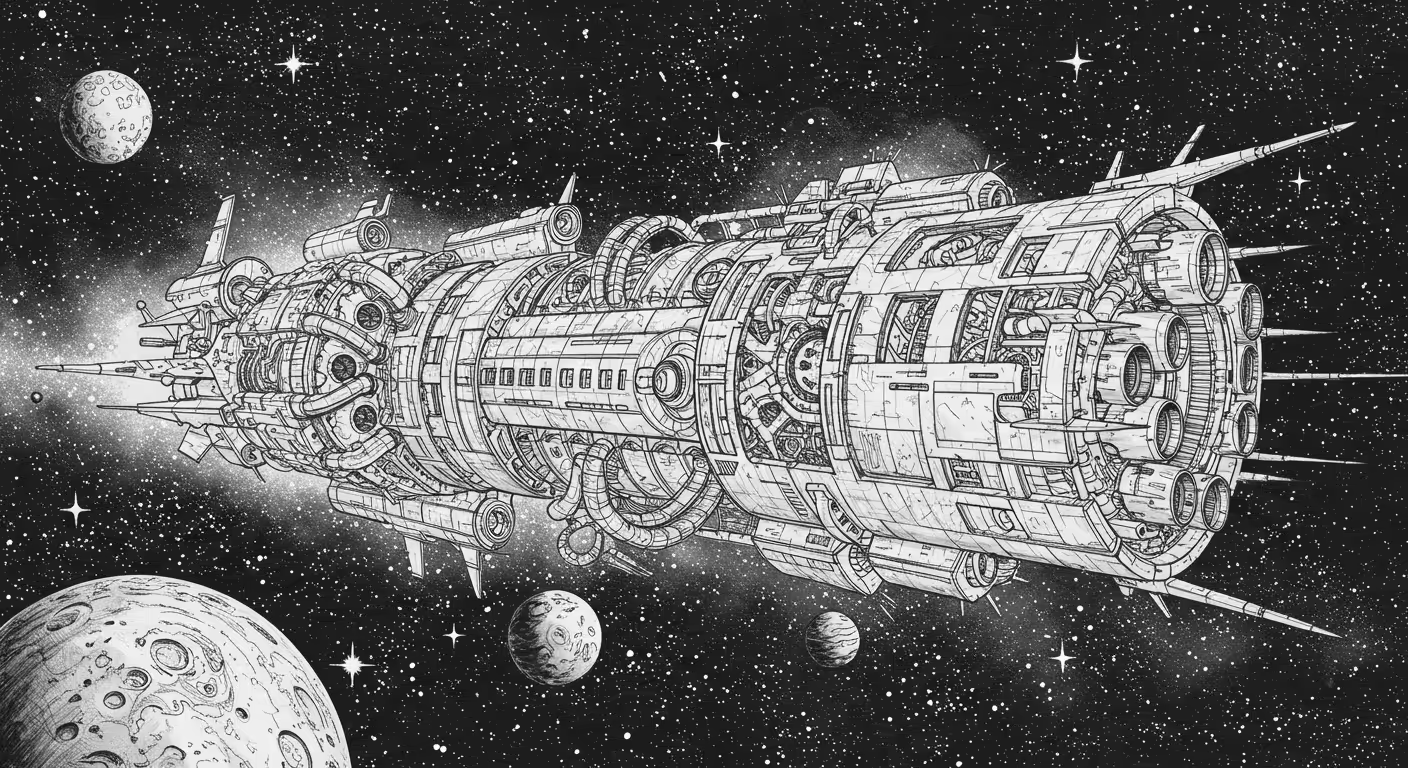- Sections
- Ruby
- Web Development
- Artificial Intelligence
- Urban Planning
- Astronomy
- Issue Navigation
- Previous Issue
- Next Issue
Saturday, June 28, 2025
The Digital Press
All the Bits Fit to Print
Saturday, June 28, 2025
All the Bits Fit to Print
Exploring the challenges and perspectives on interstellar travel speeds and technologies

Interstellar travel remains a challenge of immense scale, with current spacecraft speeds making journeys to nearby stars take thousands of years. Innovations like solar slingshot maneuvers, beamed energy sails, and advanced propulsion concepts are being explored but still fall far short of practical crewed missions.
Why it matters: Understanding and overcoming the vast distances and timescales of interstellar flight is crucial to humanity’s long-term survival and expansion.
The big picture: Current fastest spacecraft (e.g., Parker Solar Probe, Voyager 1) still require millennia to reach the nearest stars, highlighting the need for revolutionary propulsion.
The stakes: Without breakthroughs, interstellar missions demand unprecedented resources and multi-generational commitments, raising ethical and sustainability questions.
Commenters say: Readers emphasize sustainability over adventure, note technical and physical barriers like dust impacts at high speeds, debate the feasibility of generation ships versus beamed propulsion, and stress the importance of space infrastructure and energy collection (e.g., Dyson swarms) for future progress.